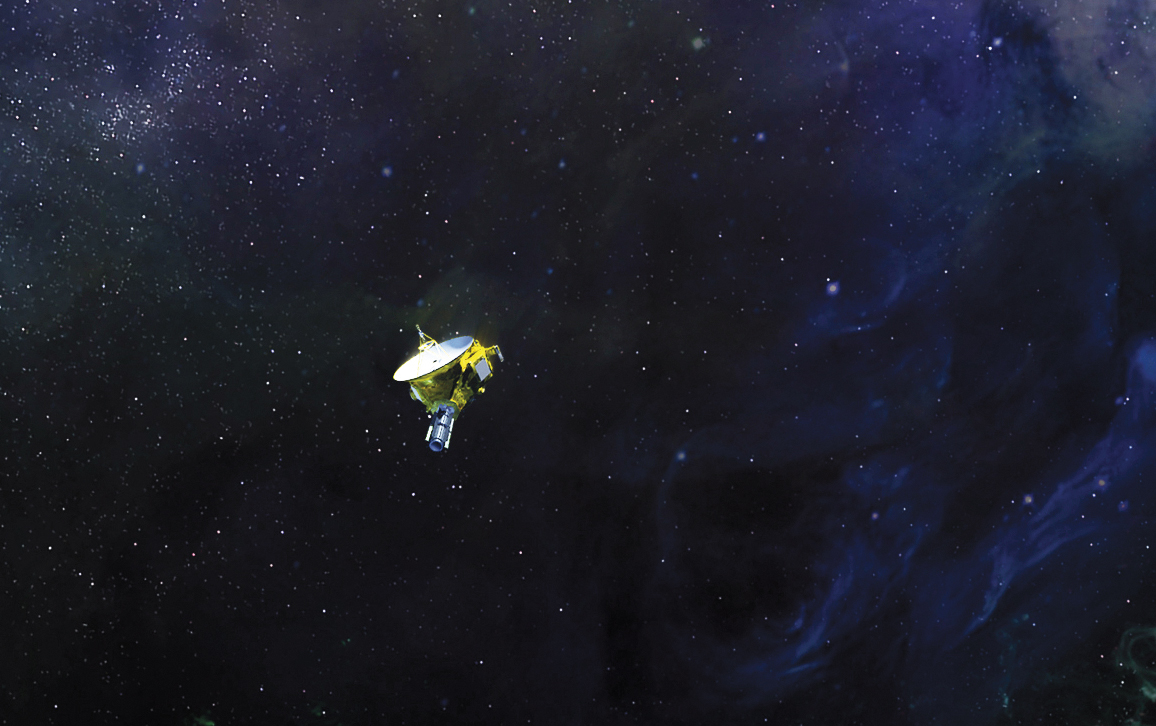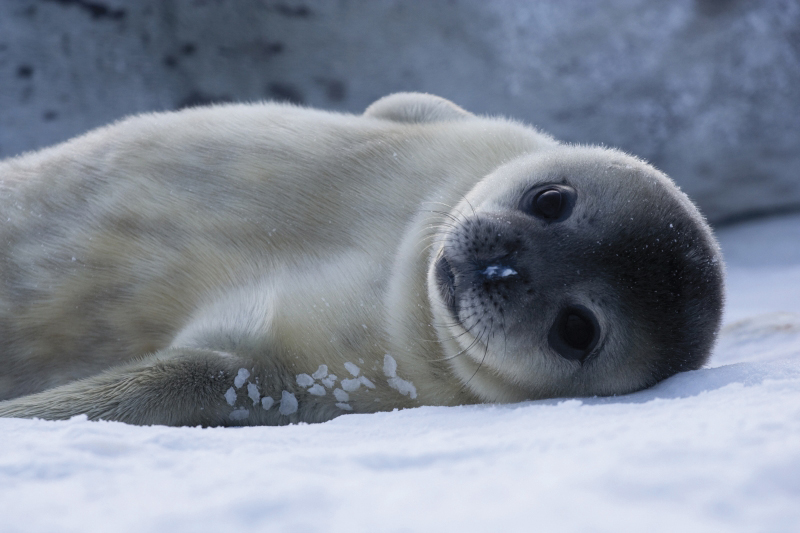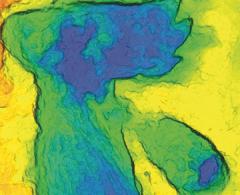
This Article From Issue
March-April 2021
Volume 109, Number 2
Page 76
In this roundup, managing editor Stacey Lutkoski summarizes notable recent developments in scientific research, selected from reports compiled in the free electronic newsletter Sigma Xi SmartBrief.
The Grammar of Viruses
Natural language processing may help predict patterns of viral evolution. Computer scientist Brian Hie at the Massachusetts Institute of Technology hypothesized that the gene sequences of viruses have a structure analogous to that of languages, and that learning their structures could help predict viral escape—mutations that enable viruses to slip past the body’s defenses. He and his colleagues turned to natural language processing, a machine-learning technology that can teach computers the rules of a language so that, for example, a word processor can flag grammatical mistakes. They fed the genetic data of three viruses—influenza A, HIV, and SARS-CoV-2—into natural language processing algorithms, including thousands of variations for each viral sequence. The algorithms analyzed the sequences for structures similar to the syntax (grammar) and semantics (meaning) of languages, and learned which variations were associated with viral fitness. Hie and his colleagues found that for a mutation to have the potential for viral escape, it must maintain the syntax but change the semantics of the virus’s genetic sequence. Their innovation may help with the identification of dangerous viruses that could lead to future pandemics as well as the development of new vaccines.
Hie, B., E. D. Zhong, B. Berger, and B. Bryson. Learning the language of viral evolution and escape. Science doi: 10.1126/science.abd7331 (January 15).
U.S. Rivers Are Changing Color
A study of satellite images found that one-third of U.S. rivers have undergone significant color changes over the past few decades. Geologist John R. Gardner of the University of North Carolina at Chapel Hill and his colleagues evaluated 234,727 satellite images spanning the years 1984 to 2018 and covering more than 100,000 kilometers of rivers in the United States. The waterways had seasonal patterns of color shift, ranging from yellow to green, but the baseline colors of 33 percent of the rivers displayed an appreciable change in hue. The color variations are related to the levels of algae and sediment in the water, and they differed by location—the western rivers tended to become greener, whereas the eastern rivers trended more yellow. The changes were most pronounced near dams and urban areas, indicating that human development is a driver of the shift. Studying river color can help pinpoint areas that have experienced environmental stresses. The team’s novel method of examining waterways at a continental scale can help ecologists identify macrolevel trends.
Gardner, J. R., X. Yang, S. N. Topp, M. R. V. Ross, E. H. Altenau, and T. M. Pavelsky. The color of rivers. Geophysical Research Letters doi: 10.1029/2020GL088946 (January 7).
Brighter-than-Expected Universe

NASA/APL/SwRI
As anyone who has bought paint knows, there are many shades of black. Astronomers studying the expanses between stars in deep space are finding that the dark swaths of sky are a few shades brighter than expected. A team led by astronomers Tod R. Lauer of the National Science Foundation’s National Optical-Infrared Astronomy Research Laboratory and Marc Postman of the Space Telescope Science Institute examined images from the New Horizons spacecraft, which flew past Pluto in 2015 and is now more than 7.5 billion kilometers from Earth. At that distance from the Sun and other reflecting objects—especially the space dust that clouds the inner Solar System—the sky is much darker than any sky ever before seen; however, there is more light than the astronomers had anticipated. The team processed the images from New Horizons to eliminate all known sources of light, but they still found two times more light than predicted. Possible explanations for the additional glow include dwarf galaxies just beyond current detection capabilities or free-floating stars in the intergalactic void. Another explanation could be that there are many more galaxies than previous theories suggested. Ultra-deep field observations from the James Webb Space Telescope, set to launch this year, may help solve this mystery.
Lauer, T. R., et al. New Horizons observations of the cosmic optical background. Astrophysical Journal doi: 10.3847/1538-4357/abc881 (January 11).
Seals Vocalize Ultrasonically

© Samuel Blanc/CC BY-SA
Weddell seals chatter at frequencies beyond human hearing, possibly indicating a complex form of communication or even the use of echolocation. Their diverse vocal calls have been well documented for decades, but only in the sonic range. These seals, which live all around the Antarctic coast, can dive at least 600 meters deep for more than 80 minutes at a time. University of Oregon biologist Paul A. Cziko and his colleagues analyzed recordings from the McMurdo Oceanographic Observatory, a remote Antarctic station 21 meters underwater that operated from 2017 through 2019. They found nine distinct types of ultrasonic vocalizations—including chirps, whistles, and trills—ranging as high as 50 kilohertz. Some of these vocalizations dip in and out of the ultrasonic spectrum, which suggests that previously identified sonic calls might be part of more complex mixed-element calls. The function of ultrasonic calls is not known. One area for further exploration is whether the calls are used for echolocation. Previous studies have asserted that seals do not echolocate, but these new vocalizations suggest they might have that ability. The team’s findings also indicate that the calls of other seal species should be revisited to see whether ultrasonic vocalizations are more common than previously indicated.
Cziko, P. A., L. M. Munger, N. R. Santos, and J. M. Terhune. Weddell seals produce ultrasonic vocalizations. Journal of the Acoustical Society of America doi: 10.1121/10.0002867 (December 18, 2020).

American Scientist Comments and Discussion
To discuss our articles or comment on them, please share them and tag American Scientist on social media platforms. Here are links to our profiles on Twitter, Facebook, and LinkedIn.
If we re-share your post, we will moderate comments/discussion following our comments policy.